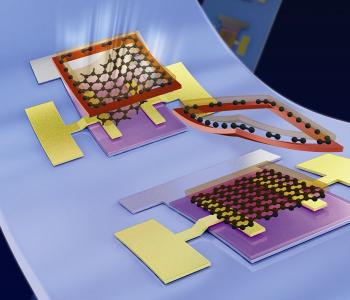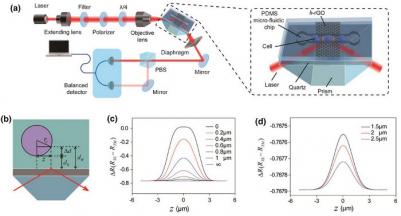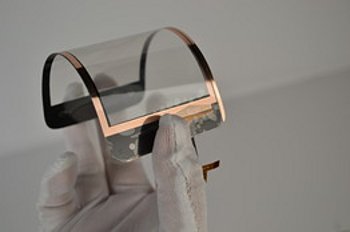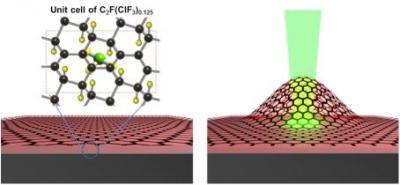Graphene 3D Labs to reverse-merge into a public Canadian company
 A few months ago, Graphene Labs and Lomiko Metals launched a new company called Graphene 3D Lab that focuses on the development of high-performance graphene-enhanced materials for 3D Printing. Lomiko Metals announced a few days ago that Graphene 3D Lab is going to perform a reverse-merger with Matnic Resources, a public company that trades on the Canadian TSX Venture Exchange (ticker: MIK.V).
A few months ago, Graphene Labs and Lomiko Metals launched a new company called Graphene 3D Lab that focuses on the development of high-performance graphene-enhanced materials for 3D Printing. Lomiko Metals announced a few days ago that Graphene 3D Lab is going to perform a reverse-merger with Matnic Resources, a public company that trades on the Canadian TSX Venture Exchange (ticker: MIK.V).
When the reverse merge is final, Graphene 3D Lab will own 60% of the new company, while the rest of the 40% will be owned by other funders. Lomiko Metals will invest $300,000 to keep its 15% stake in Graphene 3D Lab. Effectively, this means that Graphene 3D Lab will soon become a public company.





